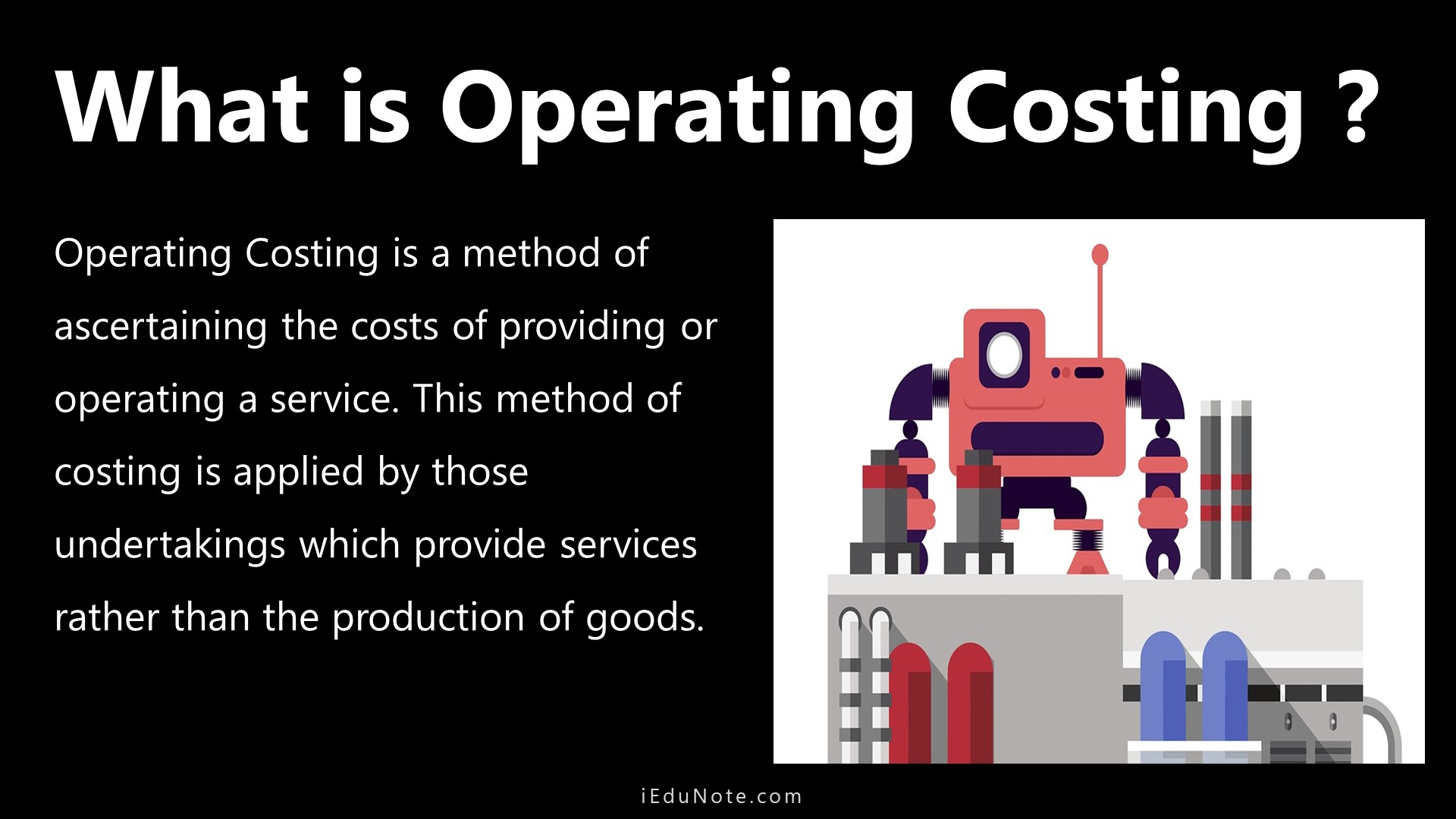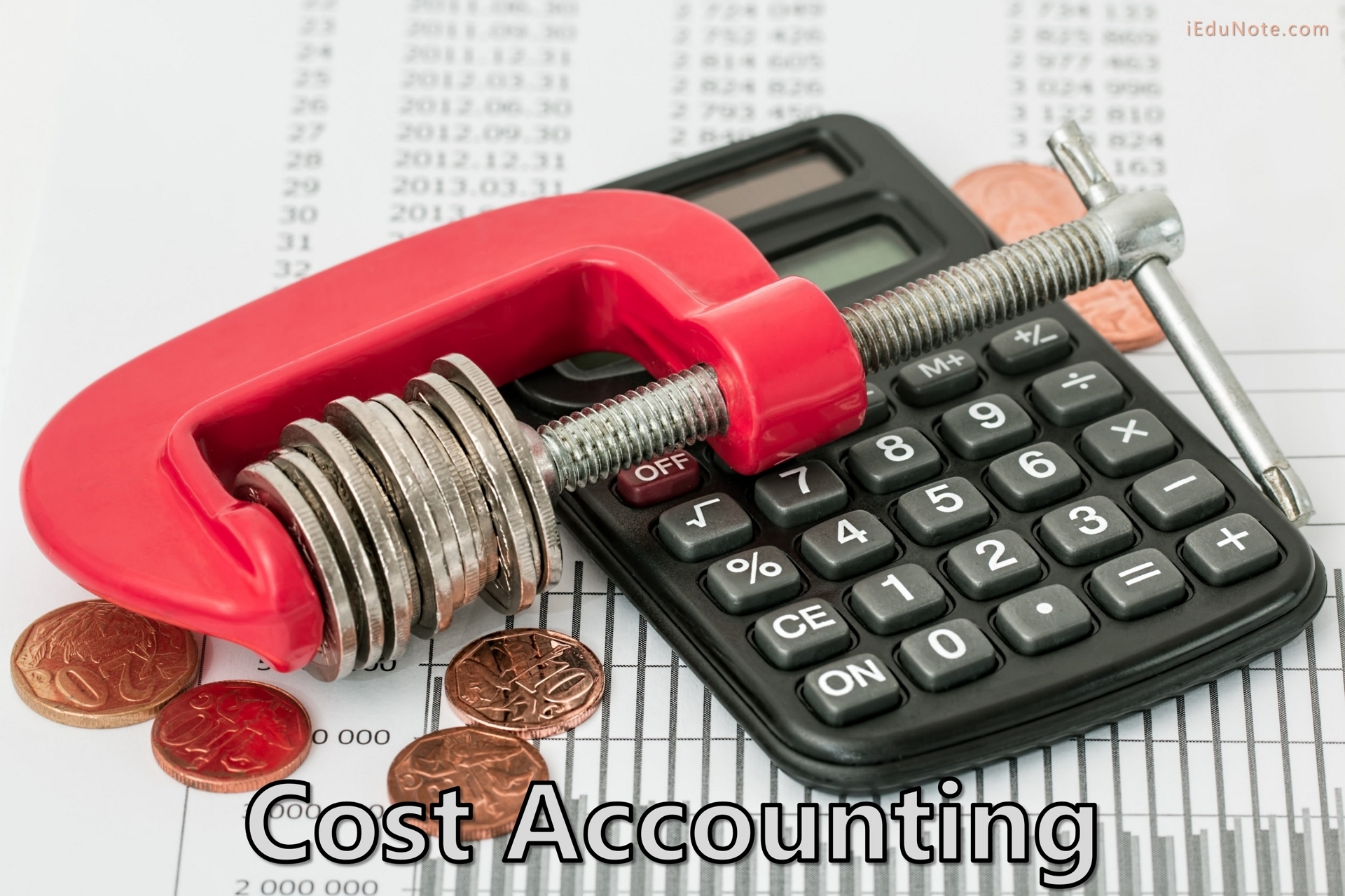Let’s understand and learn stock control card.
What is Stock Control Card?
Stock levels are maintained so there is no overstocking so that chances of loss through damage, deterioration quality, risk of obsolescence, etc., are avoided, along with unnecessary blocking of capital or paying interest on borrowed funds.
At the same time, there shall be no stock-out situation, leading to interruption of production and loss of sales and profit.
The production planning and control or material control department looks after this aspect of stores-management by fixing maximum, minimum, and ordering levels and reorders quantities for stock items, i.e., standardized items of regular use.
Within these guidelines noted in each bin card/stock control card, the storekeeper places requisitions with the purchasing department for stock replenishment. But how are these levels determined?
Stocks Levels
To avoid over and under-investment in materials, the management decides the maximum quantity of materials to be kept in the store. The storekeeper should strictly observe the minimum and maximum quantity limits the management sets.
Maximum Stock Level
The maximum level is the largest quantity of a certain material that should be kept in the store at any time.
The maximum stock level is computed as follows:
| Maximum stock level = Reorder level + Reorder quantity – [Minimum Consumption x minimum reorder period. |
| Maximum stock level = Economic order quantity + Minimum stock |
Minimum Stock Level
The minimum stock level is the lowest quantitative balance of material which must be kept at all times so that the assembly line may not be stopped because of the non-availability of materials. It is decided by taking into account the followings:
- Re-order level
- Average stock level
The minimum stock level is computed as follows:
| Minimum stock level = Re-order level – [Normal consumption x average Reorder period] |
Re-order level
It is the point at which if the material in store is reached, the order of further supply of material must be placed. This point is fixed between the maximum level and the minimum level. This point automatically initiates the process of placing a fresh order. The re-order level depends on the following factors:
- Maximum usage
- The time interval, i.e., the anticipated time lag between the date of issuing orders and the receipt of materials.
| Re-order level = Maximum re-order period x Maximum usage |
Average stock level
This level indicates the average stock held by the firm. It is calculated with the help of the following:
| Average stock level = 1/2 [Maximum stock level + Minimum stock level] |
| Average stock level = Minimum stock level + 1/2 Re-order Quantity |
Stock Control Card
Sometimes, a second set of quantitative records is maintained in the stores, called stock control cards, similar to bin cards with additional information regarding stock on order.
While bin cards are attached to bins or racks for easy stock identification, the stock control cards are kept in cabinets, trays, or loose-leaf binders.
The advantages of stock control cards are as follows;
- Records are maintained compactly.
- Reference to the stock records is facilitated.
- The overall idea of stock-holding can be had by running through the store bins & racks.
- Division of labor between record-keeping and material handling is possible.
Bin Cards
Bin is a rack, container, or space where goods are kept. The store is fitted with serially numbered bins, each meant for a particular type of material.
A card (known as Bin in Stock card) is placed outside each bin, and whenever the materials are received or issued, a notation is made on the card.
Each bin card also contains particulars regarding the maximum, minimum, and ordering levels, code number, description, etc., of the materials kept in the bin. The bin cards assist the storekeeper in controlling the stock as they provide a continuous record of stock in each bin.
Stores Ledger Account
The cost office maintains a store ledger in which a separate account is opened for each kind of material and spare part stocked in the store.
It is generally maintained in the form of loose-leaf cards because they can be removed and inserted in the ledger conveniently.
One card is allotted to each item of materials. Entries are made from Goods Received Reports, Invoices, Materials Requisition Slips, and Materials Returned Notes.
Entries made in the store’s ledger are identical to those on bin cards, except that money values are also shown in the store’s ledger.
Differentiate between Bin Card and Stores Ledger
| Bin Card | Stores Ledger |
|---|---|
| Posting is done at the time of the issue of material. | Stores ledger is maintained in the cost accounts department. |
| Entries in it are posted by the issuing clerk. He records the number of receipts, issues, and closing balance along with the code number of material, maximum, minimum, and reorder levels. | Here entries are posted by the store’s ledger clerk. He records the quantities and value of receipts, issues, and closing balance along with code number of material, maximum, minimum, and reorder levels. |
| Here transactions are posted individually. | Here transactions can be posted periodically. |
| Posting is done at the time of issue of material. | Posting is done after the issue o |

